For about ten years Canadian sea kayak legend John Dowd lived on this remote island property in Clayoquot Sound. His hospitality, impact and popularity in the sea kayak community is made evident by the those who land on the beach in the summertime.
They come up to the old cedar house in order to see if John is still here. They come to experience a few breathes in its stillness. They come because of the legend of the place and the man. As quickly as they arrive, they push off into the surf once again.
Few people can ever live in a postcard. Photojournalist Sander Jain has spent more than two years here—living in John’s cabin. He is one of the transient faces at the heart and soul of this place.
Postcards from the Clayoquot Cedar House
A couple of years ago I moved to a remote island property in Vargas Island Provincial Park on the west coast of Vancouver Island. Vargas Island is located in Clayoquot Sound. It is well known as a magnificent wilderness region and world-class sea kayaking destination. It is the largest area of ancient temperate rainforest left on Vancouver Island and one of the most exquisite expressions of this ecosystem in North America.

The cedar house on this property, nestled in between the trees on the beach, is a comfortable dwelling. I enjoy keeping life untethered and simple, living without electricity and running water. A wood stove for heating and cooking, driftwood from the beach, candles for light in the evenings and plenty of rainwater are the only basic necessities for a life here in between the ocean and the forest.
Meeting people on the wild beaches who share a passion for outdoor adventure is a rewarding experience. I often find myself sitting around a campfire with a group of people, telling stories about wilderness adventures, sharing food and answering questions about the hermit lifestyle. I will invite them over to the cedar house where we continue conversations over tea and chocolate. It is always a pleasant surprise when a familiar face knocks on the door. At times, friends of mine who work as kayak guides will show up paddling around Vargas Island with their groups.
Everything about this place is alive
The ocean, beaches and forest teem with wildlife. Whales, sea lions and seals swim through to the beat of their natural rhythms. The bird life is abundant and vibrant. Bald eagles, ospreys, hummingbirds and raven keep me in constant company. When living in the same habitat as these wild animals it is a constant reminder to me that I am but a guest—a guest in their home that allows mine. When sea kayakers land on the beaches in the summertime I try and remind them to leave no trace but footprints.
The wolves know that I live in the cedar house—that I roam the surrounding beaches. They sense and observe me. They know my habits. I do not desire to see or find them nor do they want an encounter with me. We are aware of each others’ presence. There is respect for each others’ ways and shared preference for elusive co-existence. On morning and evening walks along the coastline, I see their fresh tracks in the sand running parallel to my own. I learn that we tread the same places just minutes or hours before or after the other.
Our schedules are naturally and dynamically delayed according to a code of gentle avoidance and invisibility. In mutual respect and with a shared appreciation of leaving space for the other, the mysterious relationship between each life form is left undefined and thus peaceful. Only every now and then our paths cross and for a brief moment, I dare to maintain eye contact with these beings that I share space with—a shy and attentive moment of mysterious recognition and alien familiarity that happens on the common ground of an unspoken agreement. In mutual awareness we are one by leaving space for the other.
A little trip to town

Access to this place can be difficult. The property is half-exposed to the ocean. In the wintertime, big storms roll in from the open coast and the conditions can be extreme. From spring to late fall I live here for about 10 days at a time with breaks of one or two days in between. I can text a friend who picks me up in his boat.
I usually put on my wetsuit, wade into the break and meet the boat in the water. A dock would not withstand the powers of the Pacific Ocean on this exposed side of the island, so there is no place for a boat to land. I will spend a night or two in the small town of Tofino. Time is spent meeting friends, using the Internet, as well as stocking up on groceries and supplies. The breaks for socialization remind me I am here only for a moment and I always look forward again to heading back home. After another 20-minute boat ride I get dropped off again, then wade in the shallow water with my immersion bags full of fresh supplies. I wave as my friend’s boat disappears into the distance of the vast oceanic-mountain horizon of Clayoquot Sound.
This island never disappoints with its mind-blowing synchronicities that reveal how much coherence and beauty can be found if we practice aligning ourselves with the wheelworks of nature. The northwestern beaches of Vargas Island are some of the most excellent points of departure for sea kayak adventures into my favorite places to paddle in the world. I will never get tired of exploring the wild and remote corners of this outstanding wilderness paradise by kayak and reveling in this feeling of connectedness.
With the forest behind and the ocean ahead, it is easy to silently get lost in the grand panoramic views of Clayoquot Sound’s scattered islands, mountain vistas and open coast.
Living life in a postcard
A friend of mine recently visited me here at John Dowd’s cabin. Above, the seagulls we glided in the wind and the glassy surface mirrored the rocks nearby.
She turned and looked at me with a smile. “What’s it like living in a postcard, Sander?”
I laughed and thought for a moment. “It is definitely wonderful. Sometimes you can’t see the picture because you are in it.”
Sander Jain is an outdoor photojournalist with a comprehensive approach to wilderness, adventure, natural history and conservation.
Feature photo: Sander Jain



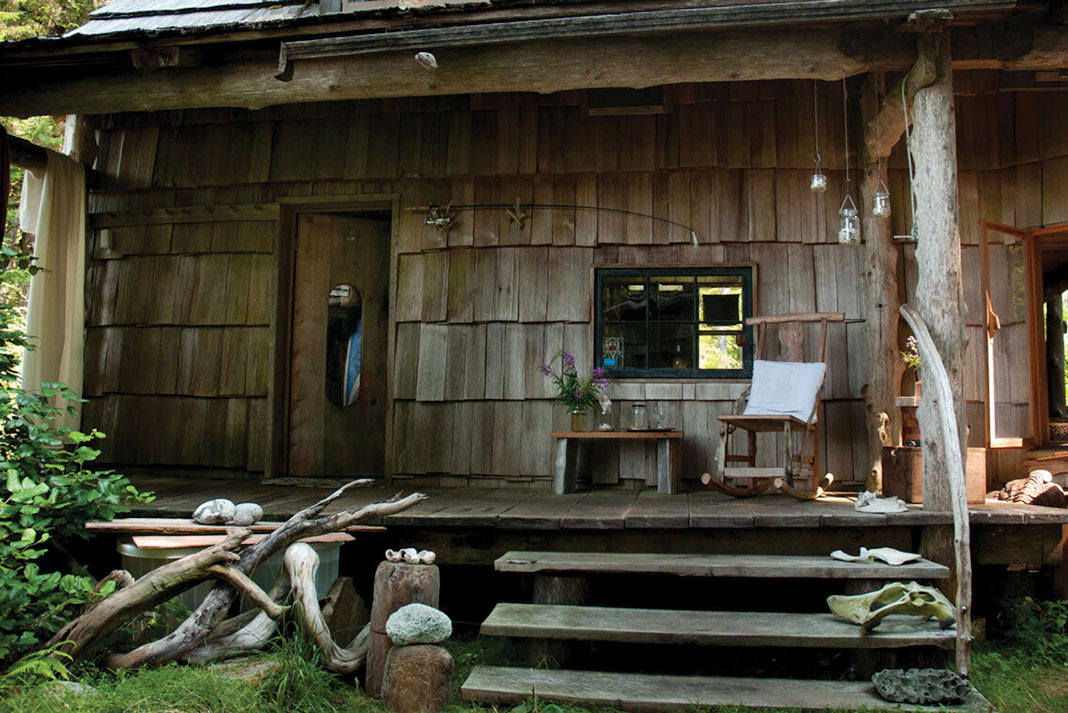
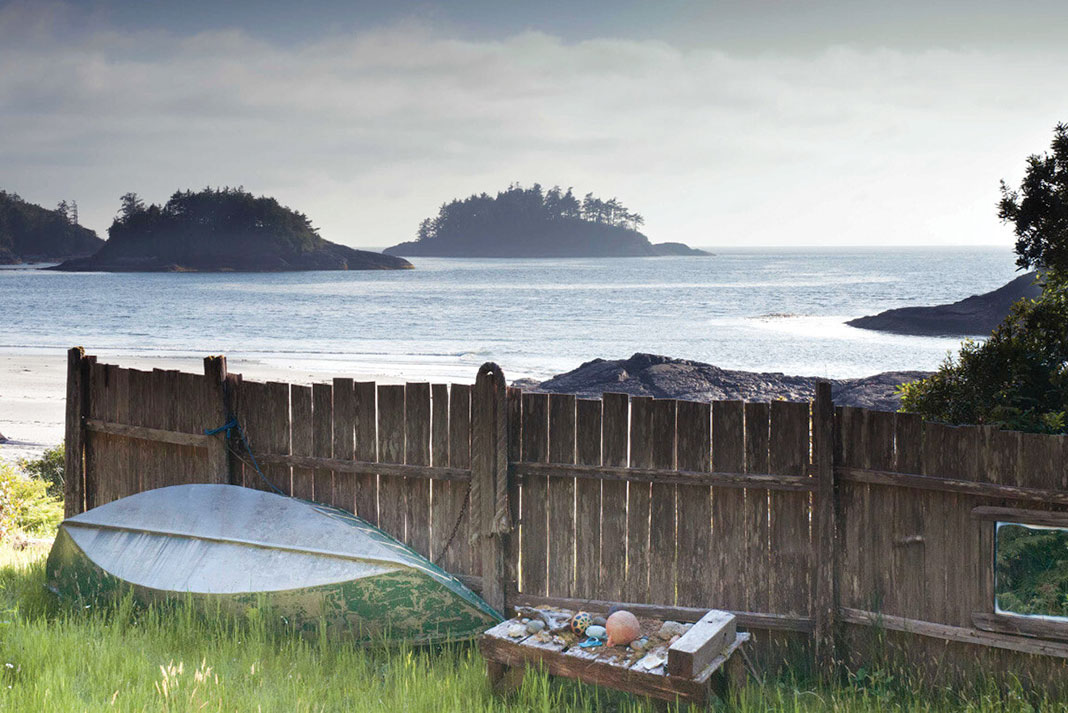
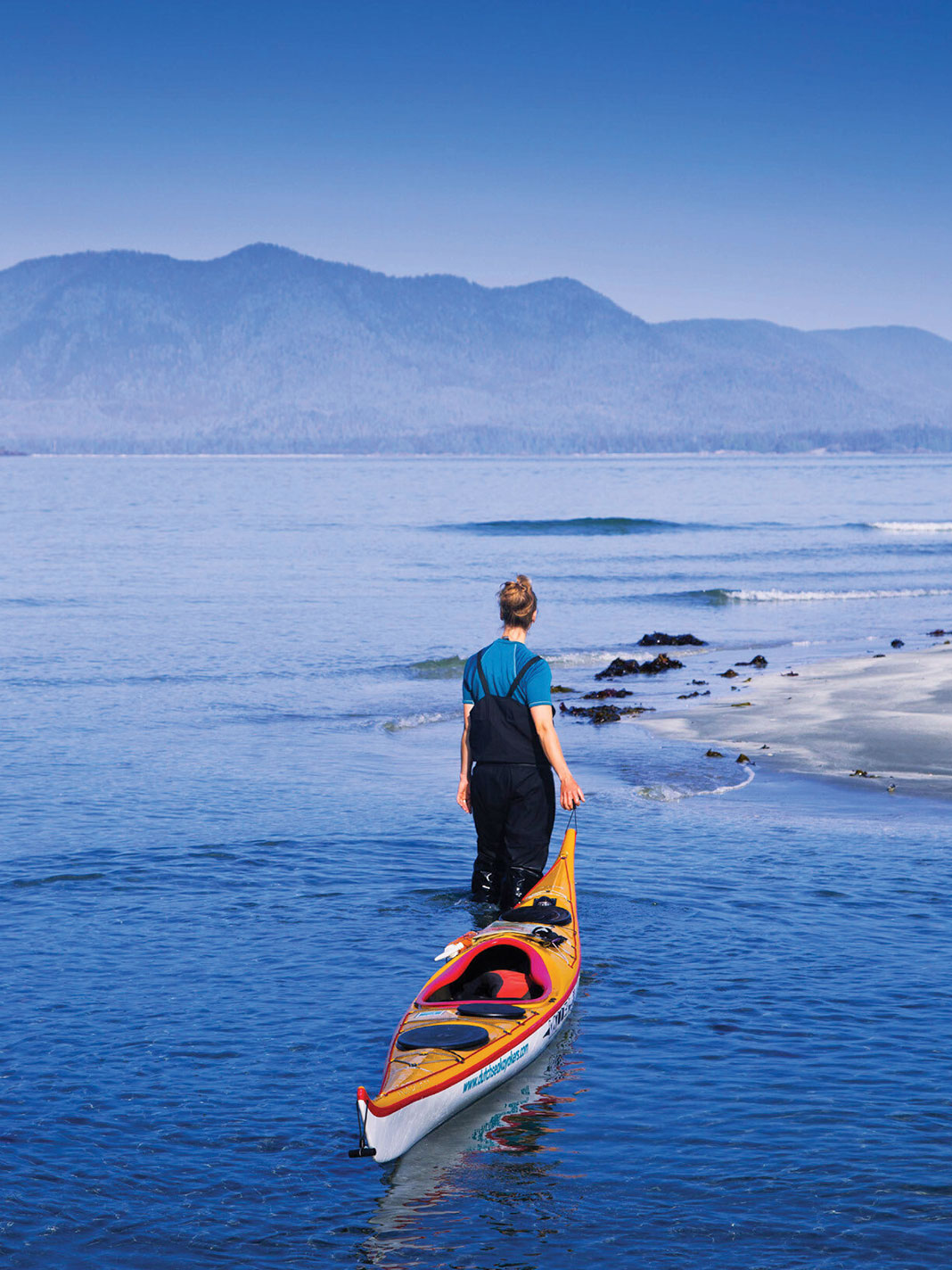
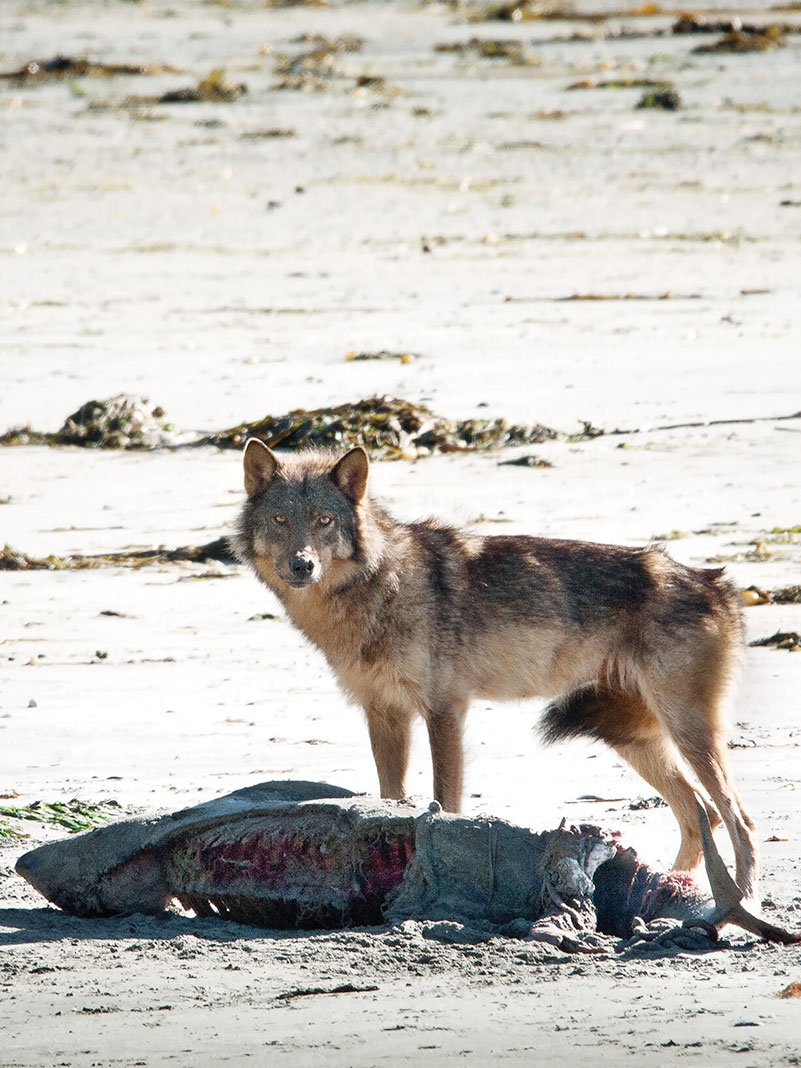
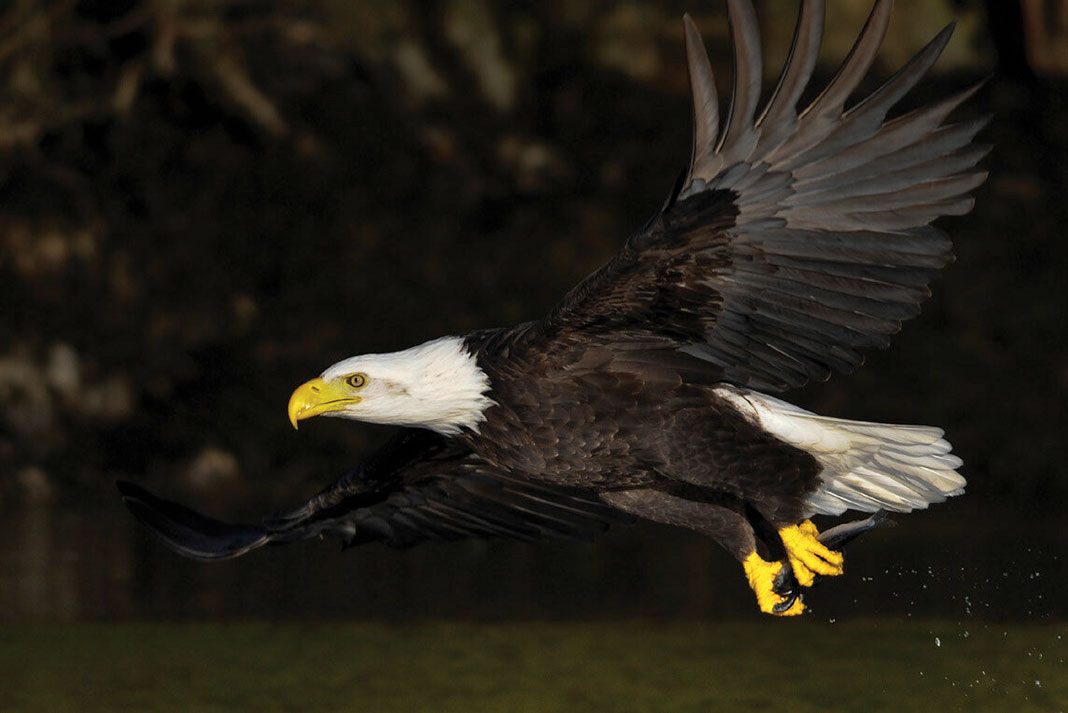
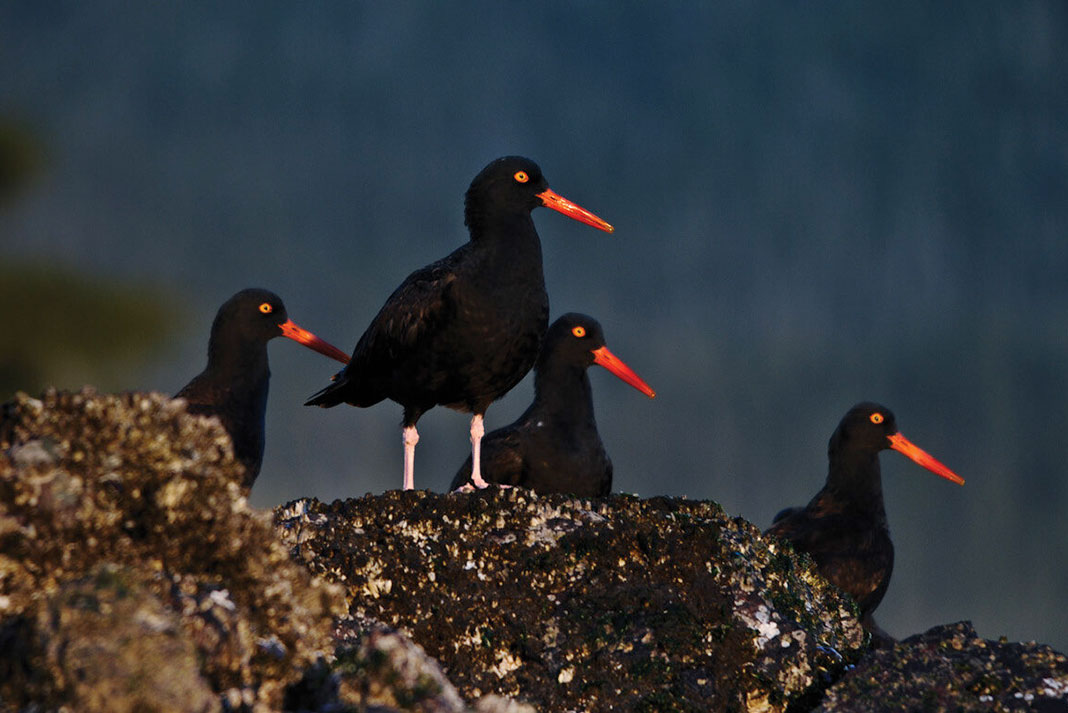
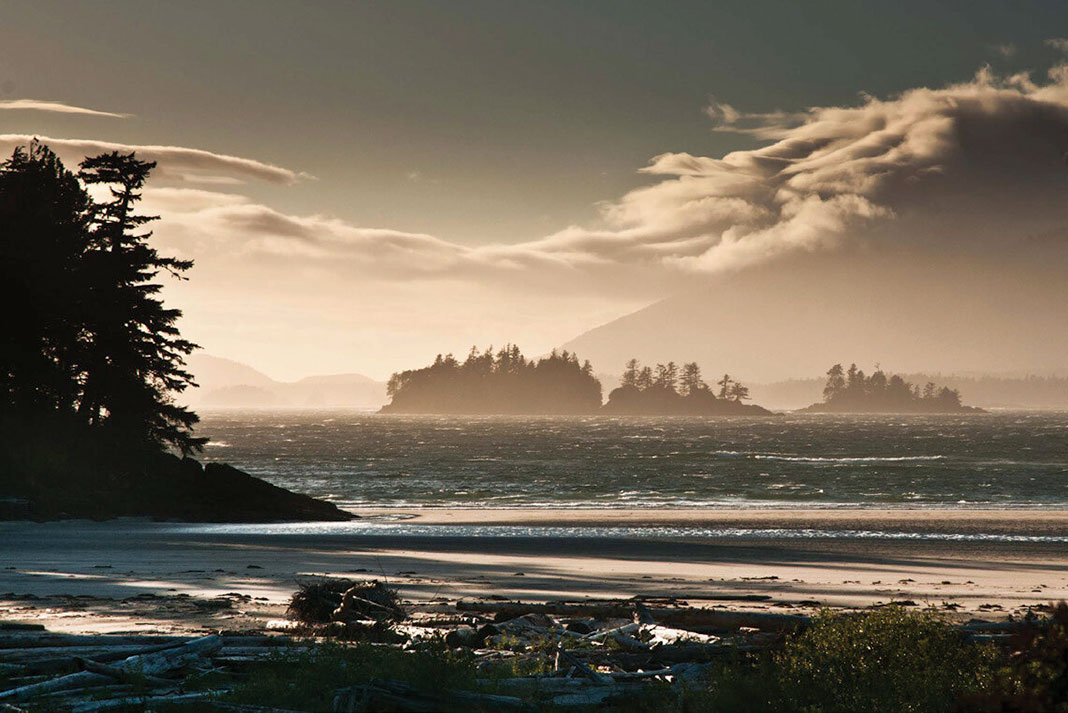
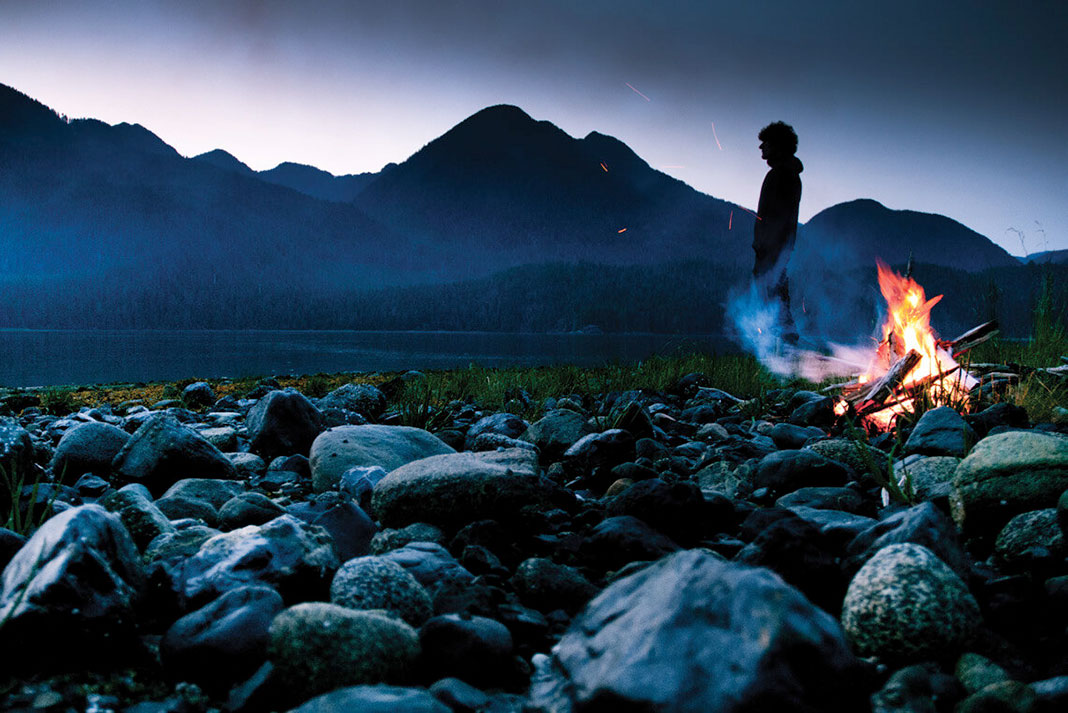
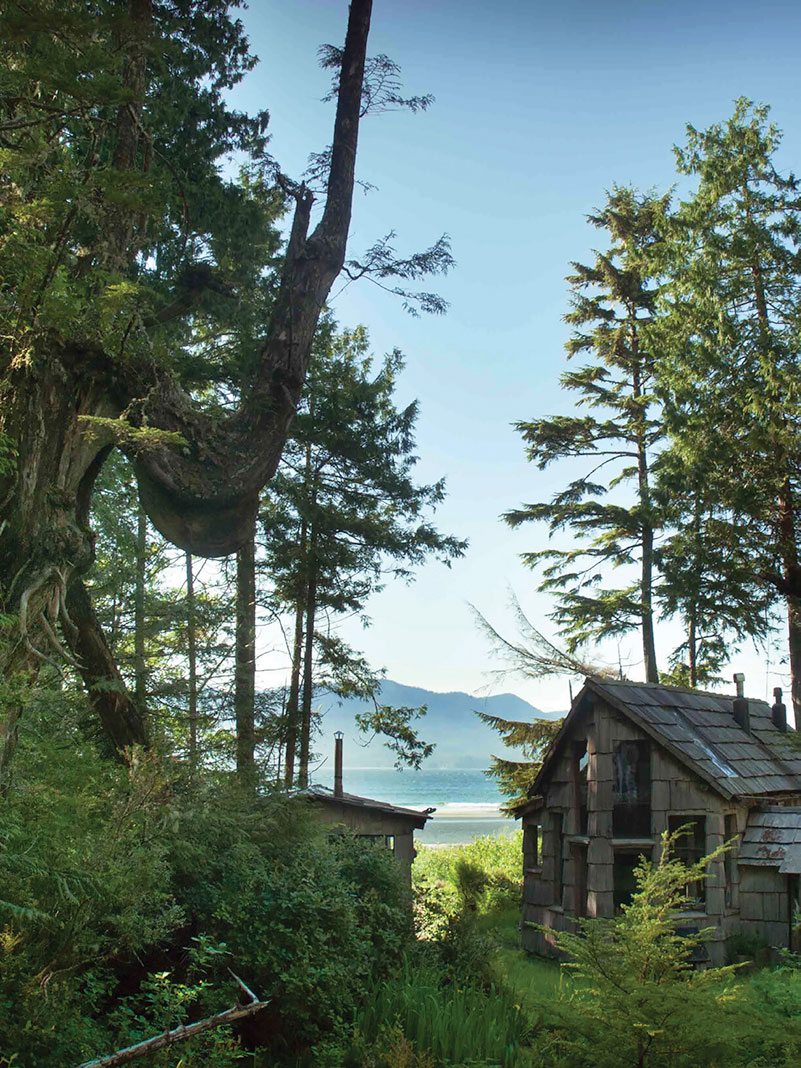
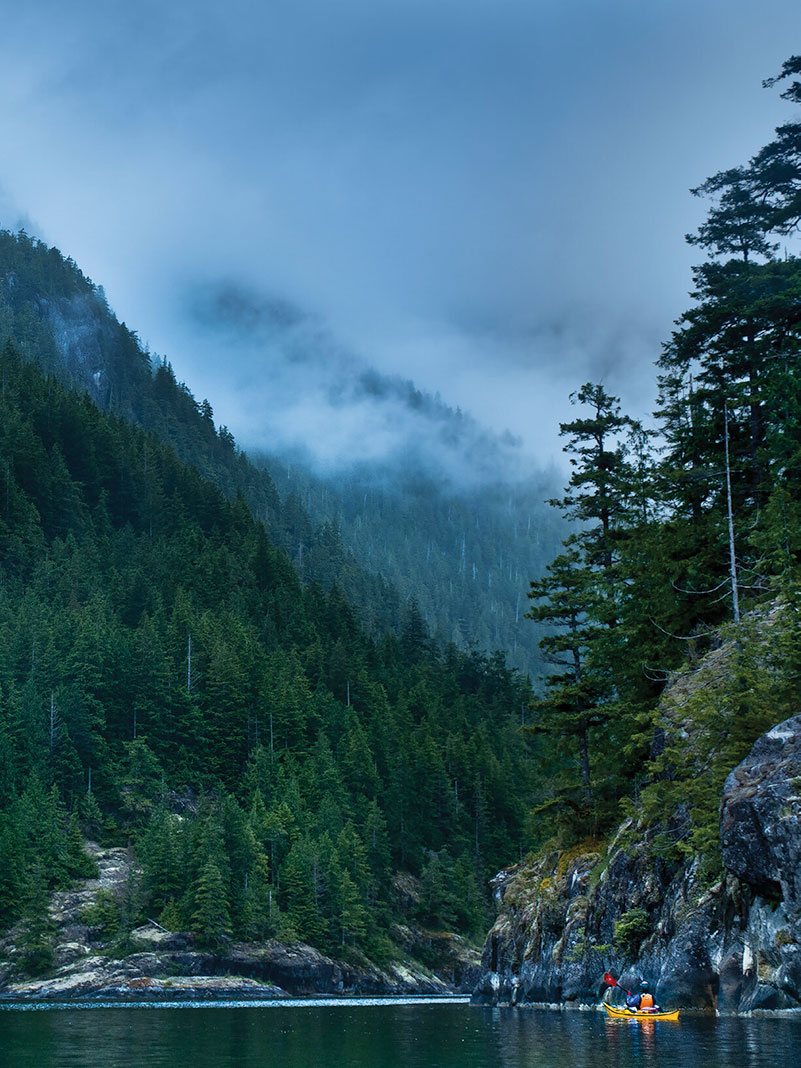
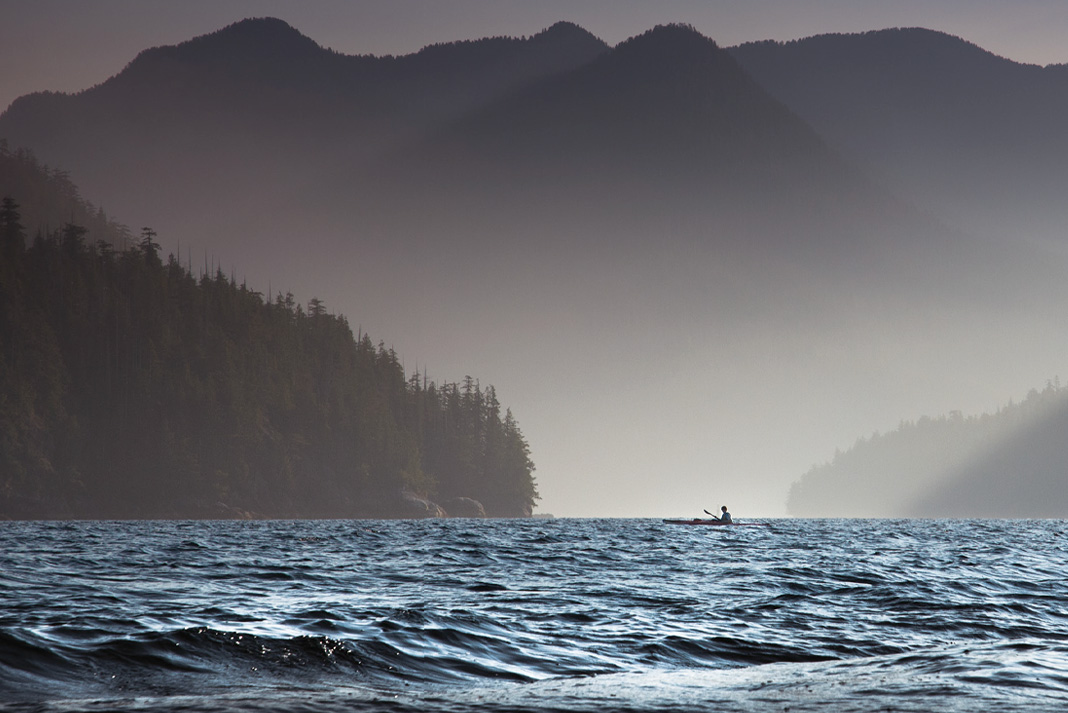
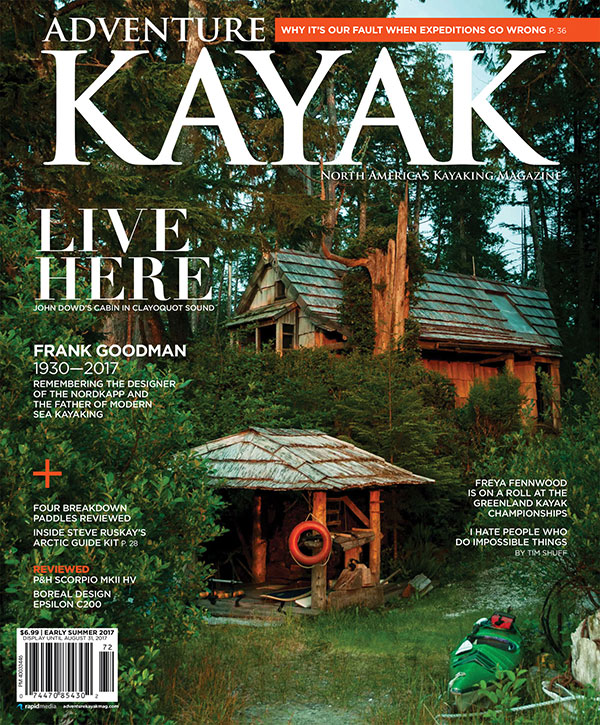 This article was first published in the Early Summer 2017 issue of Adventure Kayak Magazine.
This article was first published in the Early Summer 2017 issue of Adventure Kayak Magazine. 

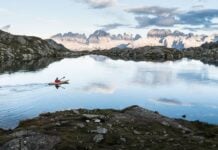
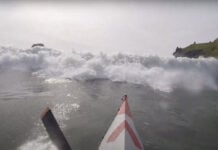



My friends and I were some of the lucky ones to meet John and Bea at this house in 2009. We were invited to their house for a bit of food and drink. Their generosity was wonderful. We wouldn’t have known it was John walking past our camp several times. My friend, Richard, recognized him from the symposiums in Port Townsend. All of us look back at this experience as one of the highlights of our kayak adventures.
Long before Sander Jain or John Dowd occupied this cabin, my soulmate/partner Dorothy and I were privileged to live there for 8 wonderful years. It certainly is a special place, with amazing natural surroundings and native wildlife. Unfortunately, Dorothy died unexpectedly to end our sojourn there, but she wrote a delightful little memoir during our first year there, which I published independently (available at vargasvirtualpublishing.com), and I’m currently writing a sequel to complete her story of our years there.
From what I read here and elsewhere, it seems that special part of the wild coast is in good hands, and well appreciated.